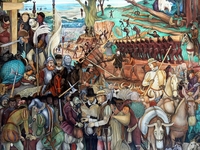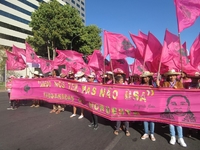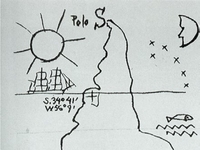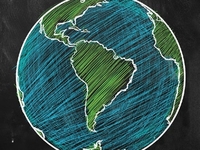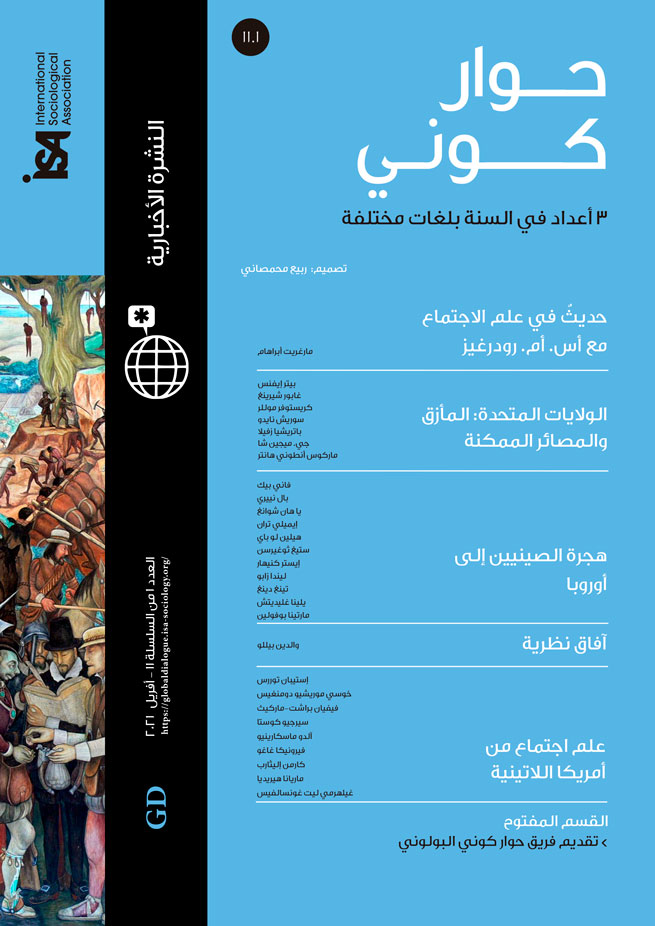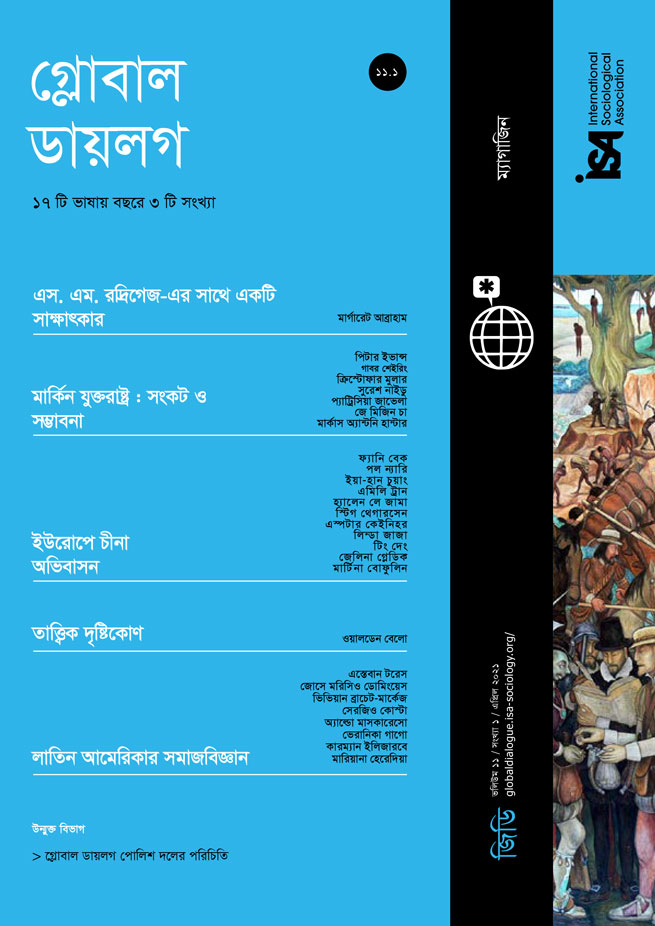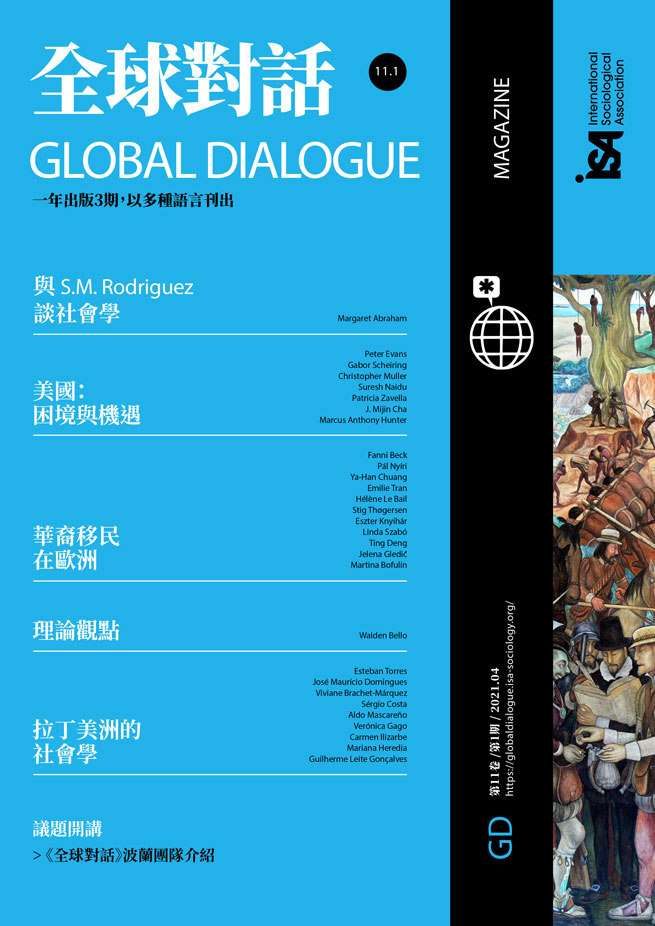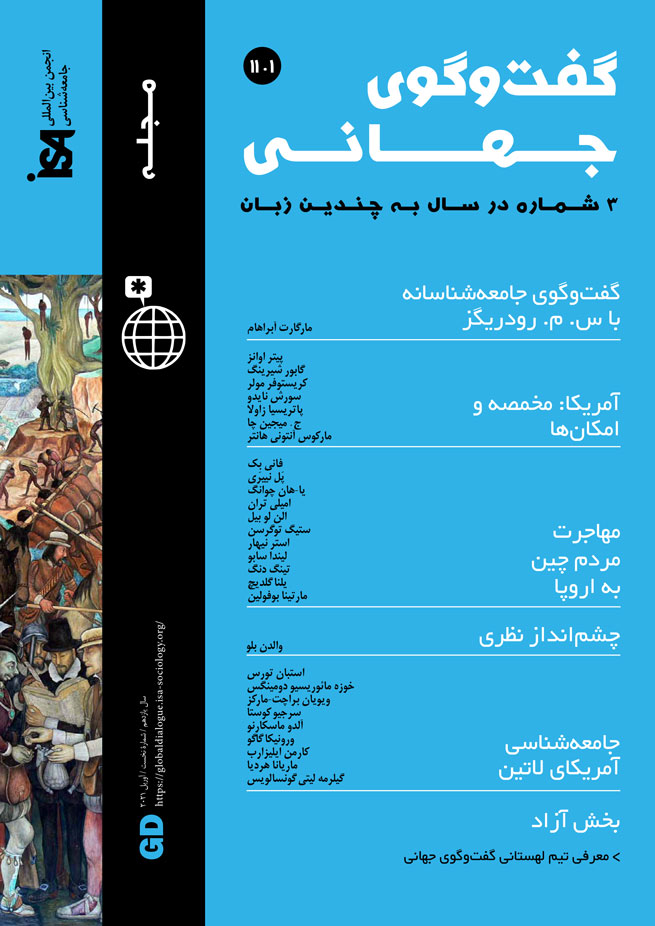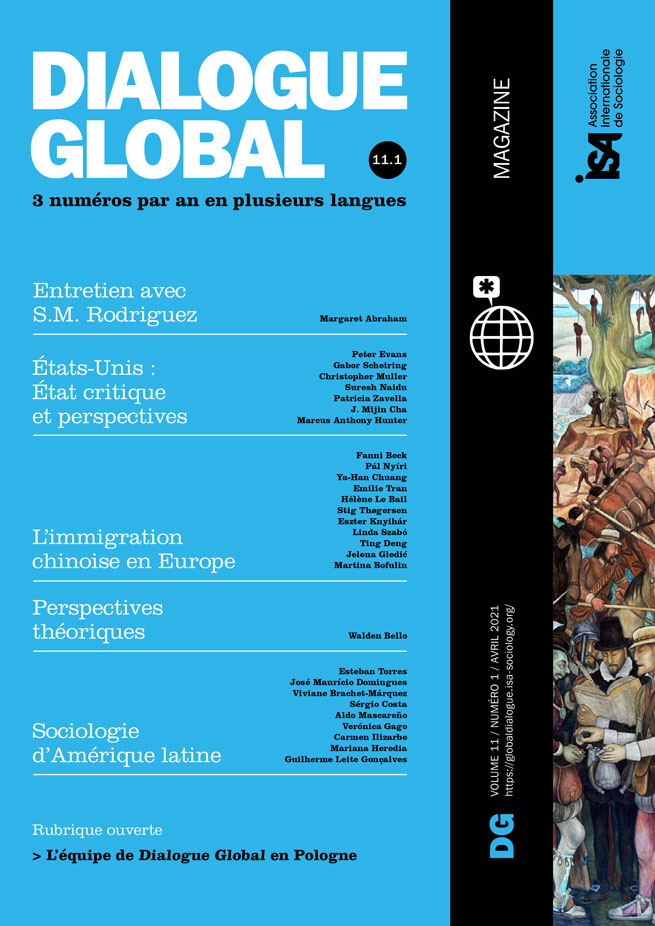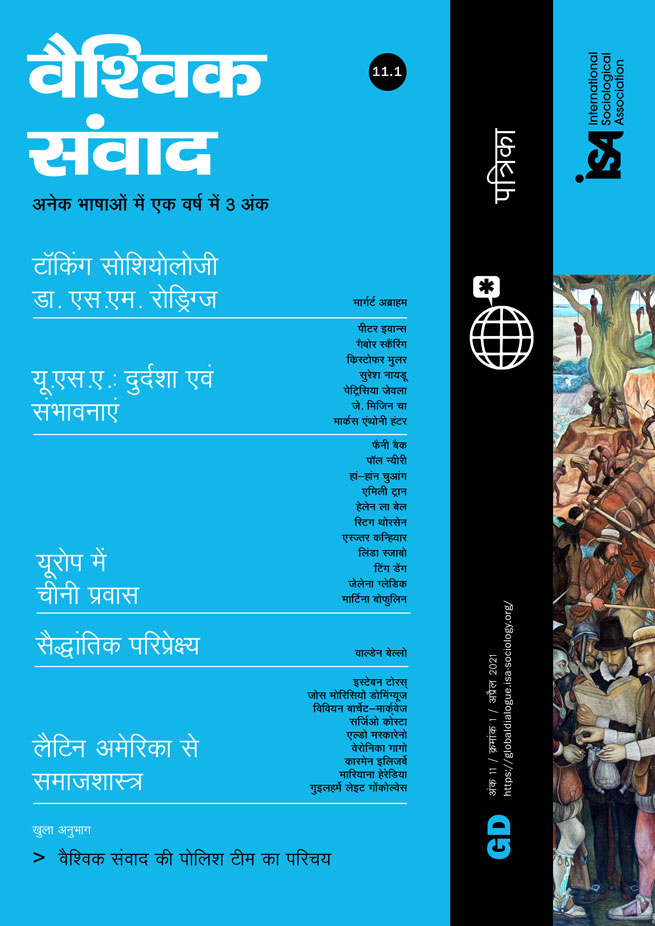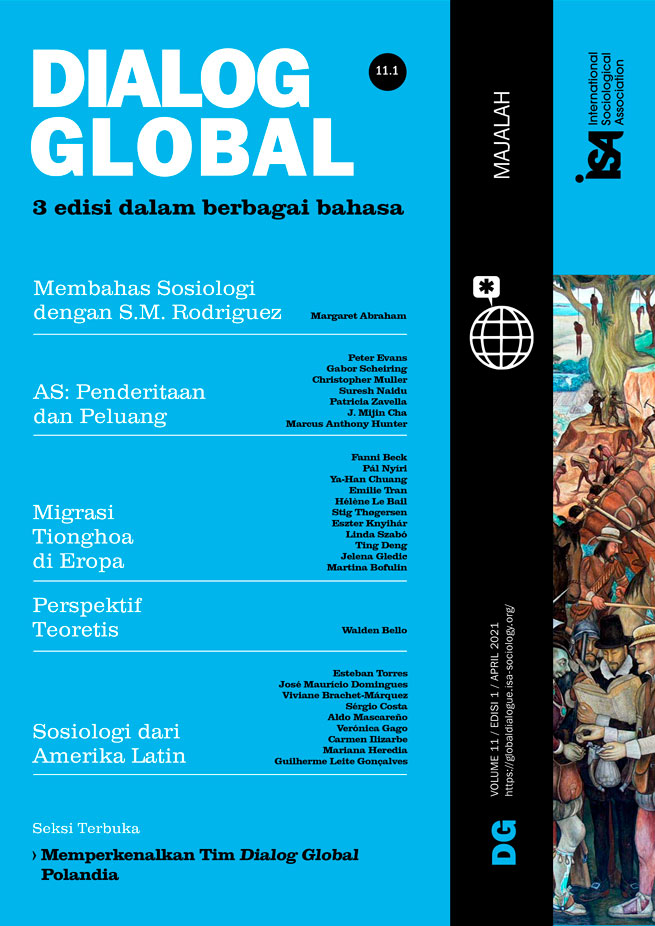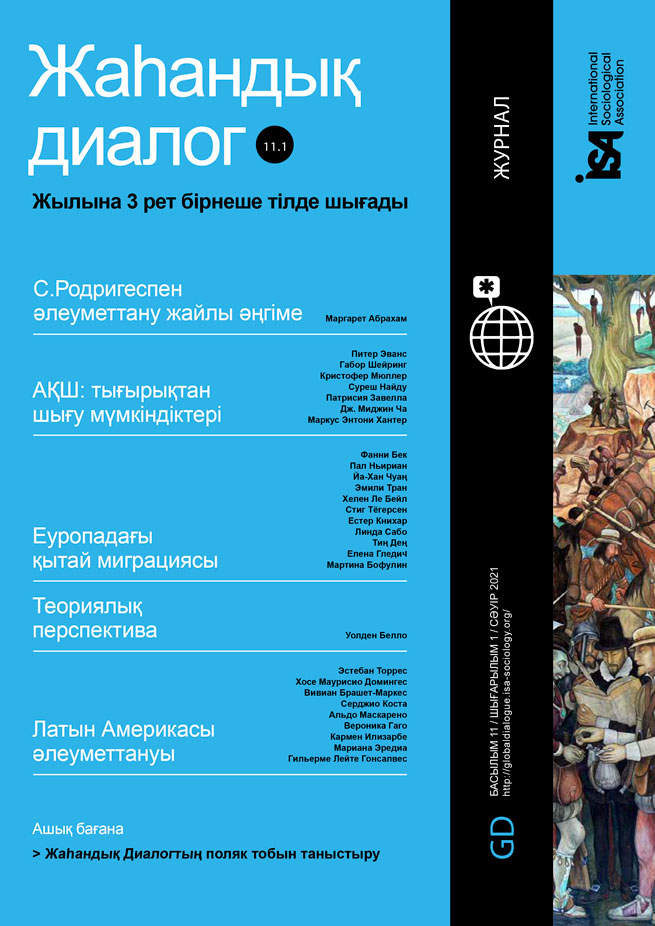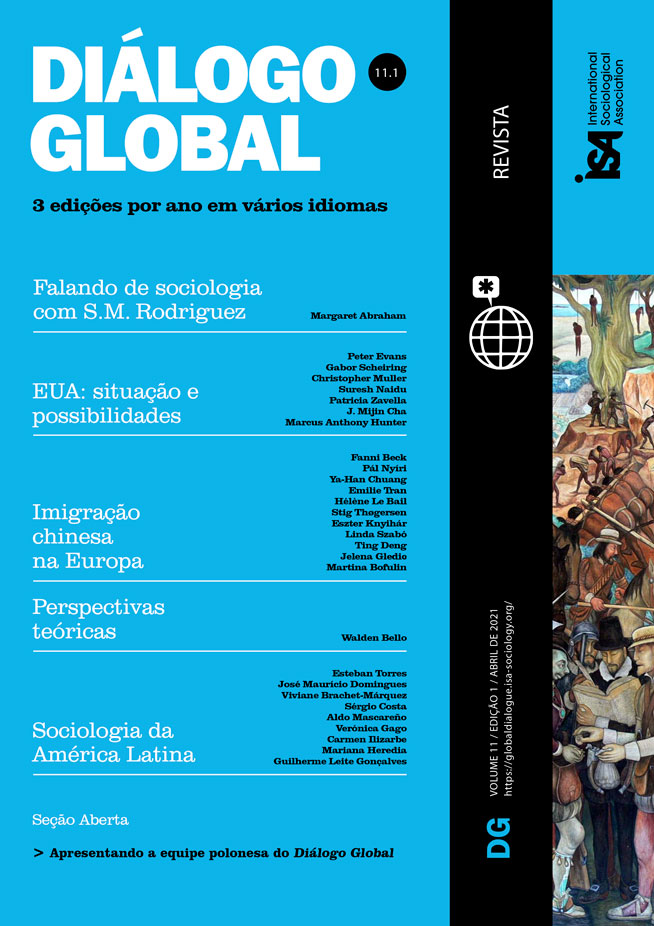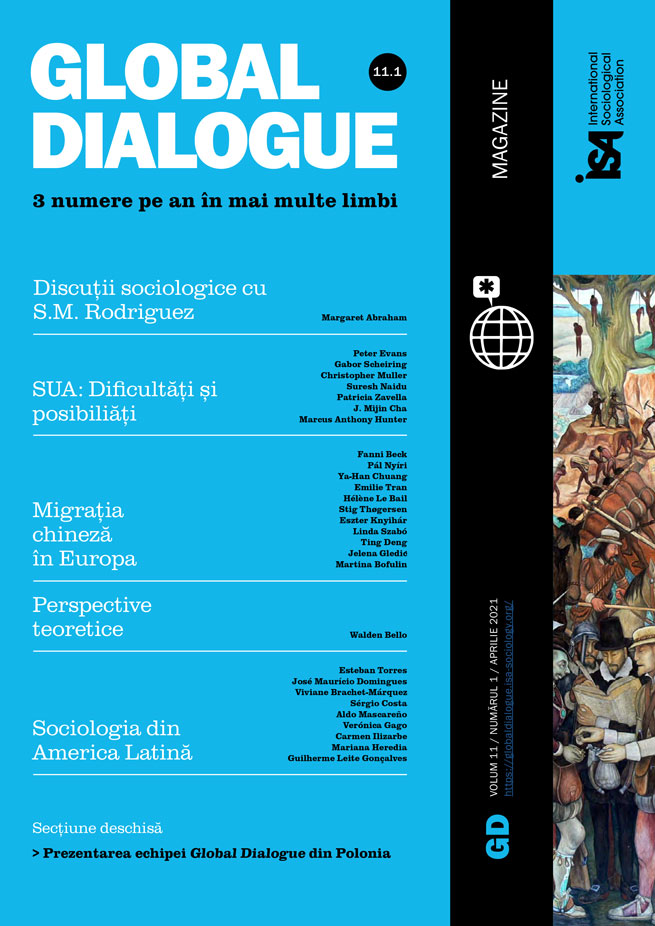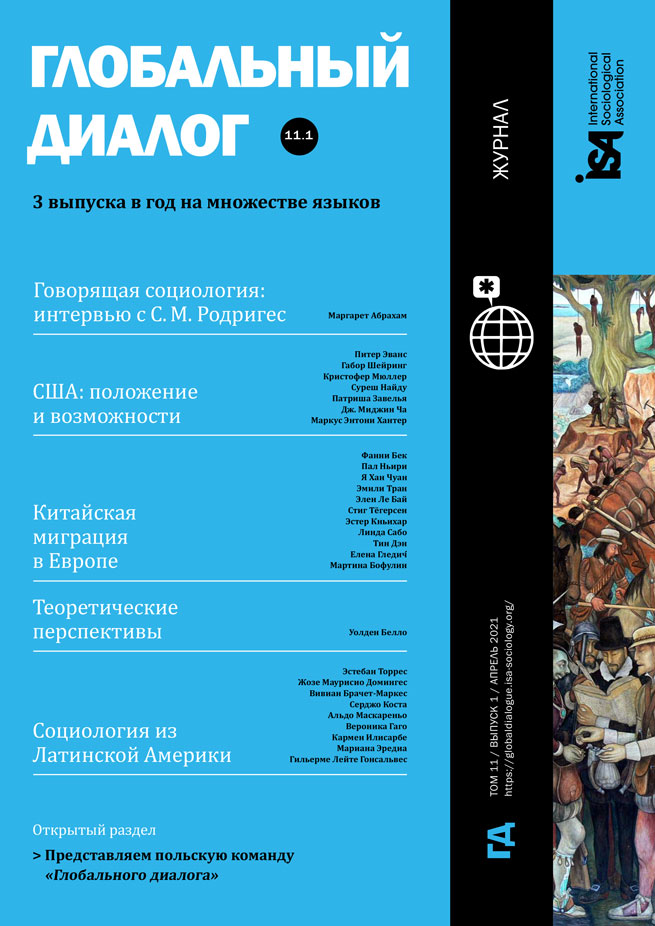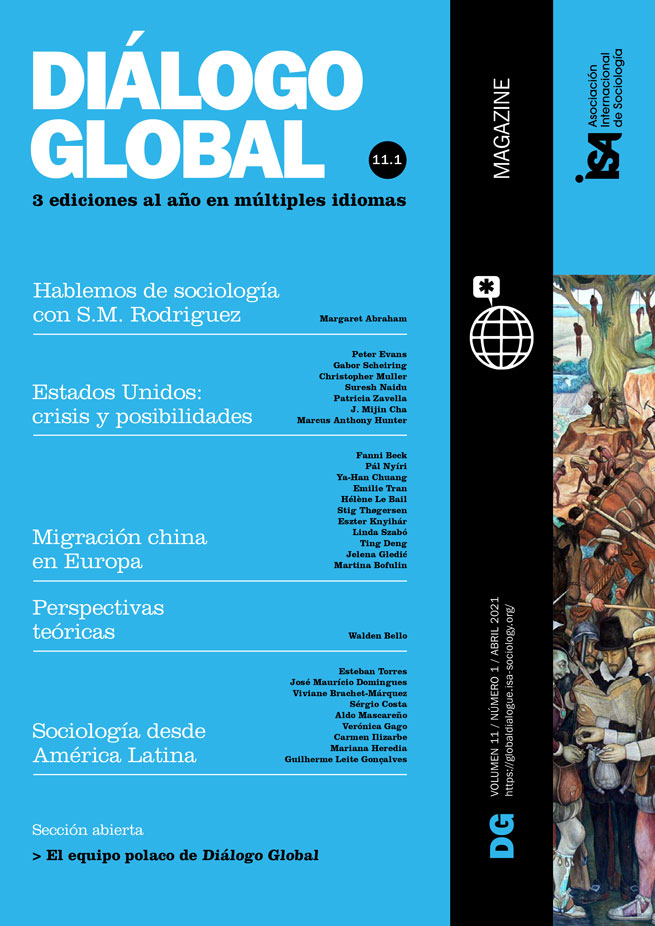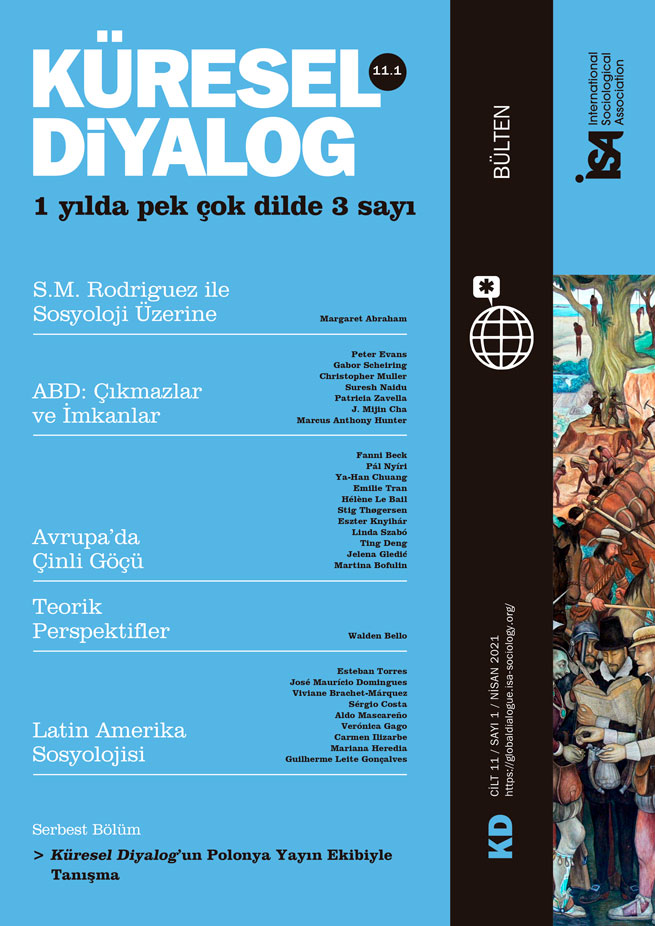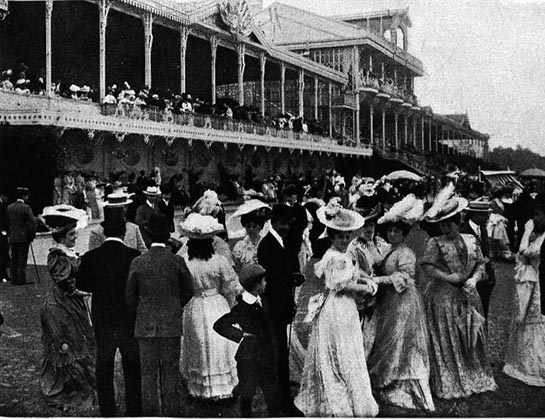Growing attention and a faddish debate
As poverty rates have held firm or even increased, massive fortunes have accumulated, and new political leaderships have emerged to cause institutional strain, elites have again captured the attention of both academics and the public. They are now the target of differing and even opposing critiques: some blame corporate greed, others political ineptitude.
No scholarly innovations in the study of elites have accompanied this wave of criticism. In his review of the state-of-the-art literature, Shamus Khan warns of the “faddish” nature of these debates. The first obstacle to a renewed approach to elites is the range of terms in use from diverse traditions. Elite, upper class, oligarchy, ruling class, bourgeoisie, the rich, and privileged groups are used synonymously, as if all referred to the same idea. The second obstacle is the schism between the social sciences and its methodological approaches.
In their analysis of the elites, many scholars and observers emphasize traits that have been steadily associated with these groups since the end of the eighteenth century: the ambition and lack of scruples among rich and powerful men, their children’s inheritance of their position but not their “virtues,” the confabulations of select circles. In short, in the face of unprecedented inequalities, there remains a certain fascination with these same traits and the contrasts between elites and common folk. Work and workers tend to be history-sensitive: they lead major transformations or are, at the least, influenced by them. The reproduction of capital, power, and its protagonists, however, seems impervious to change.
Latin American realities
Social theory - especially as developed in Latin America - provides insight into the region’s inequalities by emphasizing the importance of scales and exploring the ties between elites and local societies. The realities of Latin America have posed challenges for critical theory. Since colonial times, and due to the region’s subordinate role, strategic resources have remained in the hands of foreigners or European descendants. The national scale never sufficed to understand Latin America’s social pyramid. At the same time, most of the region’s countries have relied on the export of raw materials as heavily as on surplus labor value.
In the face of strong foreign influence, Latin American elites nimbly adapted to the challenges of their times. First came the so-called oligarchies, who imposed a neocolonial order on national territories, brought Indigenous populations to heel, established close relationships with European emissaries, and built political systems that hindered mass participation. Later, in the largest countries, a national bourgeoisie emerged. Often with the support of nationalist movements and military regimes, the bourgeoisie were associated with urban and industrial progress, the hiring of a large workforce, and policies to foster domestic production and consumption.
With regard to this tradition, the more recent conceptualizations of the wealthy pose limitations. Piketty and Oxfam have noted deepening inequalities and emphasize taxes as an innovative approach to income distribution, while other scholars underline that capital tends to be more liquid and deterritorialized during the current cycle of capitalism. However, at least in Latin America, data are not especially reliable, and “the rich” prove highly heterogeneous, yielding a highly unsatisfactory theory based solely on a denouncement of opulence. The rich are a motley bunch up close: old money versus nouveau riche, liquid versus illiquid assets, the resource-dependent versus the labor-dependent, those who reside in the region versus those who accumulated fortunes abroad. Therefore, if the aim is to reduce inequalities, the same approach cannot be applied to countries like El Salvador and France. A great part of Latin American wealth is not in the hands of Latin Americans, nor is this wealth banked within its borders.
Overcoming the poverty of conceptualizing the “rich”
Three linchpins appear key to a more accurate perspective on Latin American elites: specifying the inequalities, the scale they apply to, and the type of resources the privileged have available.
The foremost economic inequality is associated with the ability to launch (or halt) major investment projects that impact nature and society. Currently, the large institutional investors and major international companies dominant in the region give these inequalities a global dimension. As capital is increasingly liquid and depersonalized, economic elites now exceed the owners of the means of production, large employers, or the local well-to-do: a hotbed of executives and specialists in finance, law, and technology who operate in diverse territories are now involved in managing that capital.
The foremost social inequality, in contrast, is the advantages elites enjoy in terms of housing, education, healthcare, and cultural offerings, but most especially, social relations, which do not necessarily increase in proportion to one’s wealth. When states abandon the goal of providing universal, high-quality services and rights become merchandise, it matters little what group is elite (successful professionals, high-ranking public officials, or medium-sized business owners): what matters is that these social elites have opportunities that their fellow citizens do not.
Finally, political equality depends on the people’s capacity to mobilize, build support, and have influence. Today, economic globalization and decentralization have eroded the institutional resources of political representatives and many politicians are co-opted by economic interests. As identity-based demands and differences have risen, governments have been obliged to seek capital beyond their borders and to build coalitions comprised of fractious and opportunistic local leaders.
Fractions and implicit hierarchies
It is important to note the distinctions between economic, social, and political elites, though also the ties between them. Michael Mann sets out to differentiate between “sociospatial networks of power” - and the authority to which groups and institutions with limited terms in office aspire - and the amorphous power that expands spontaneously through decentralized practices with no defined cores or direct orders. While the authority of a leader illustrates the first type of power (power over), market discipline or the inertia of customs exemplifies the second (power of). This proposal is similar to that of Albert Hirschman: globalized markets have reinforced businessmen’s ability to abandon unprofitable territories (exit), diverse actors have taken to the streets and social media to express dissatisfaction (voice), but the loyalty and obedience that authority and public policy require have eroded.
Analyzing wealth and power appears to be a crucial task to reduce inequalities. Nevertheless, the dazzling magnetism of wealth and power has spread on par with their indiscriminate criticism, both of which can prove equally dangerous for social coexistence and incapacitating for any progress.
Mariana Heredia, Universidad Nacional de San Martín-CONICET, Argentina <mariana.heredia@conicet.gov.ar>
